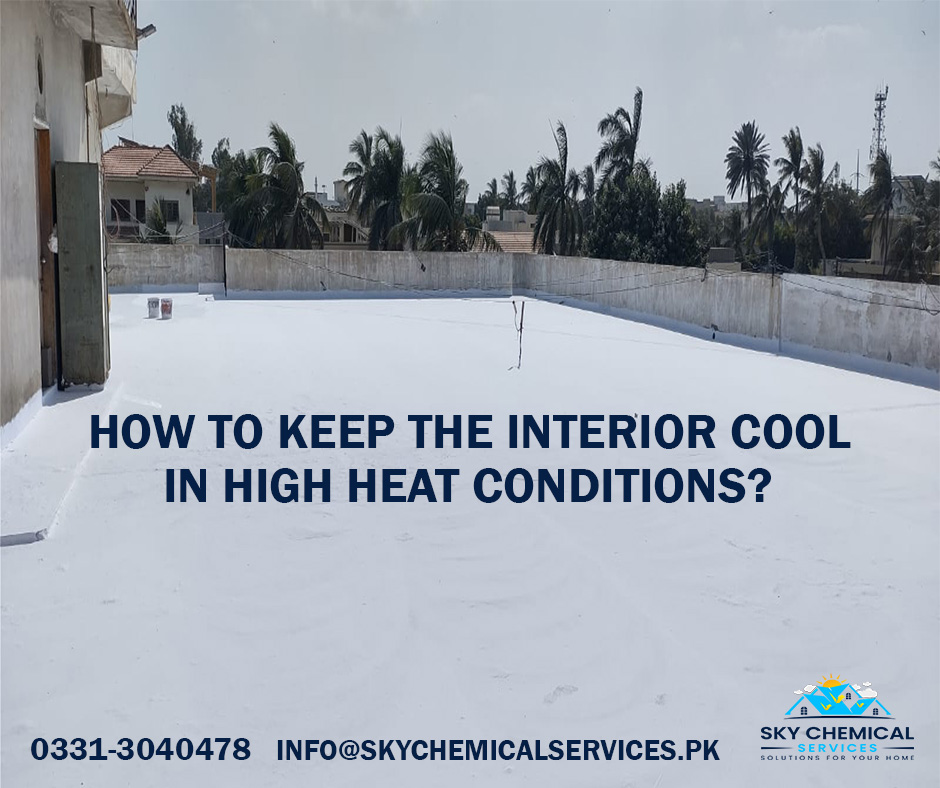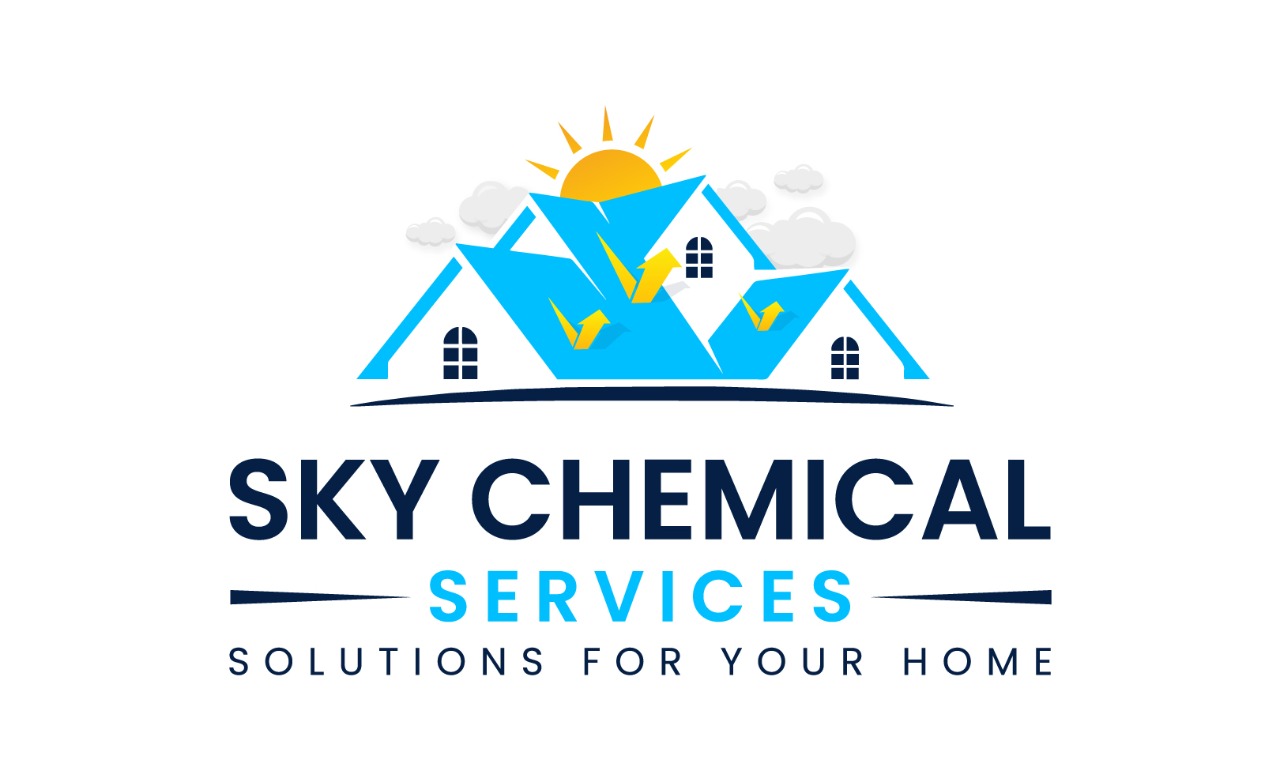
High heat conditions can affect lives adversely. In other words, discomfort and sweat can make lives miserable. Whether you’re dealing with a scorching summer day or living in a hot region, there are various strategies and tips that can help you keep a cool interior. Passive architectural designs and efficient cooling systems are some of them. High heat conditions intensify necessitating shade, hydration, and cooling strategies for a more bearable environment.
Effective Insulation
Proper insulation is essential to keeping the interior cool. Well-insulated walls, roofs, and windows prevent outdoor heat from penetrating living space. Insulation helps maintain temperature inside homes, reducing the load on cooling systems. Consider upgrading your insulation if needed.
Read More
How to Spray Polyurethane on Different Surfaces?
Do I Really Need Basement Waterproofing?
Energy-Efficient Windows
Install energy-efficient windows to reduce heat transfer. Double-glazed or Low-E windows can reflect a significant amount of sunlight and heat, helping to maintain a cooler indoor environment. Additionally, consider using window films or shades to block direct sunlight during mid-day.
Shading Solutions
Exterior shading is an effective way to keep a cool interior. Install awnings, pergolas, or outdoor shades to block direct sunlight from entering homes. It can reduce indoor temperatures, especially in areas with intense heat exposure.
Cross-Ventilation
Create opportunities for cross-ventilation by opening windows to allow hot air to escape and cool air to enter. This method is effective during the evening and night when outdoor temperatures are lower.
Ceiling Fans
Ceiling fans help circulate air within a structure, keeping the interior cool and comfortable. Use them in conjunction with your cooling system to reduce the need for air conditioning.
Read More
Concrete Foundation Waterproofing: A Complete Guide
Benefits of Carbon Fiber Basement Walls
How to Reduce Heat Loss in Your Homes?
Cool Roof
Consider installing a cool roof if necessary. These roofs are designed to reflect more sunlight and absorb less heat, keeping your home cooler.
Sealing
Cover gaps or cracks in your home’s exterior to prevent warm air from infiltrating. Check doors, windows, and ducts for the same purpose. Proper sealing can improve energy efficiency and help maintain a cool indoor environment.
Efficient Cooling Systems
Regularly clean or replace filters and seal ducts of the air conditioning system. Consider a programmable thermostat to manage the temperature more efficiently.
Natural Cooling
In the cooler parts of the day, make use of natural cooling. Open windows and create cross-ventilation to bring in the cool outdoor air. You can also use exhaust fans in the kitchen and bathroom to expel hot air.
Reflective Surfaces
Choose reflective materials for surfaces, such as roofs, walls, and floors. Light-colored and reflective surfaces can bounce back sunlight, which, in turn, reduces heat absorption and increases comfortability levels.
Outdoor ndscaping
Strategically plant trees and shrubs around your home to provide natural shade. Deciduous trees can offer shade in the summer while allowing sunlight in the winter. Landscaping also promote a cool environment.
Limit Heat Sources
Minimize the use of heat-producing appliances during the hottest parts of the day. Cooking (use of oven, or multiple electronic devices) can increase indoor temperatures. Opt for outdoor cooking or prepare meals during cooler times of the day.
Stay Hydrated
Hydration is essential to help your body regulate temperature. Drink plenty of water and avoid excess consumption of caffeine and alcohol.
Use Cooling Techniques
Employ cooling techniques, such as damp washcloth to your forehead, wrists, and neck. You can also use handheld or portable fans to create a cooling breeze.
Energy-Efficient Lighting
Replace incandescent light bulbs with energy-efficient LED or CFL bulbs. Incandescent bulbs emit more heat, which can contribute to rising indoor temperatures.
Ending
There are numerous ways to keep the interior cool in high heat conditions. The key is a combination of strategies, tailored to your specific circumstances and location. Effective insulation, shading, energy-efficient appliances, and lifestyle adjustments contribute to creating a more comfortable indoor environment during hot weather. By implementing these measures, you can enjoy a cooler living space.
Contact Sky Chemical Services for proper consultation services!
